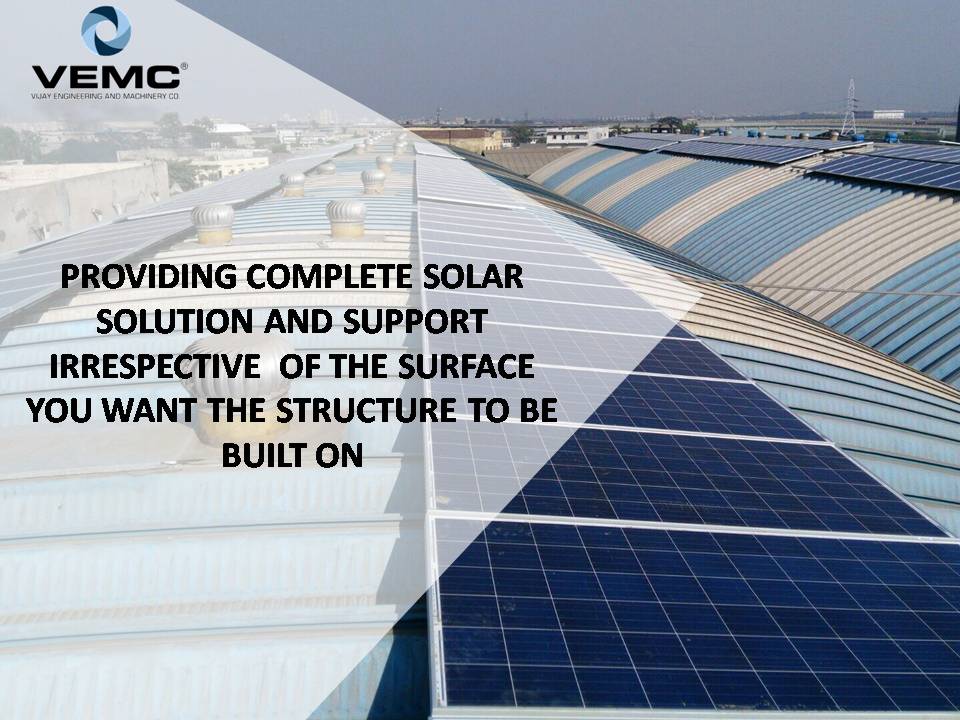If you’re looking to invest in a PV system for a curved rooftop, you should first read up on the different components it’s got. This will help get a clear idea of the amount of space and money you need to account for when it comes to the installation of the system.
So, what are the main components of such a system?
- Solar PV Panels: A panel is comprised of many solar cells. Each cell absorbs light and produces DC (Direct Current) electricity. DC can be used to charge Batteries but if you want the system to provide electricity to your household or commercial space, the DC current needs to be converted to AC (Alternating Current). That brings us to:
- The Main Panel/Inverter: This is where the DC supplied by the PV cells is converted to AC and supplied to your household/commercial space.
- Battery Backup: This provides Storage for excess power produced during times of peak sunlight for use during nights, cloudy days, etc.
- Electric Meter: This calculates the amount of electricity being generated and consumed and is essential for solar net metering (click here to know more).
- Safety Equipment: This may include safety disconnect switches or surge protection devices for instance. It adds safety to the system which makes it possible for Residential Solar Panels tobe risk-free for residents.
These components are the bare minimum you’ll need for your system. There are more components like wiring, a power conditioning unit, mounting equipment, grounding equipment, etc. that also need to be invested in. VEMC, being one of the best EPC Consultants in Maharashtra, provides end-to-end services when it comes to the installation of a PV system. Want to get yours installed? Click here to contact us!


